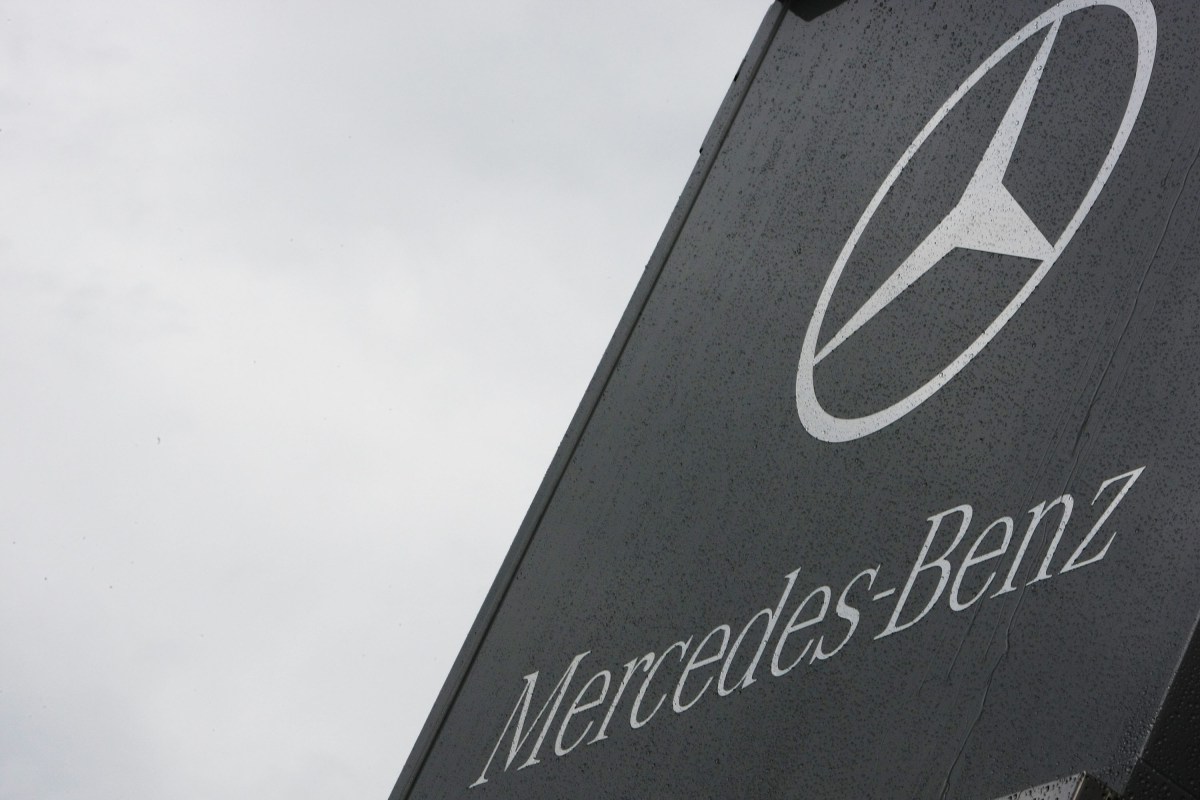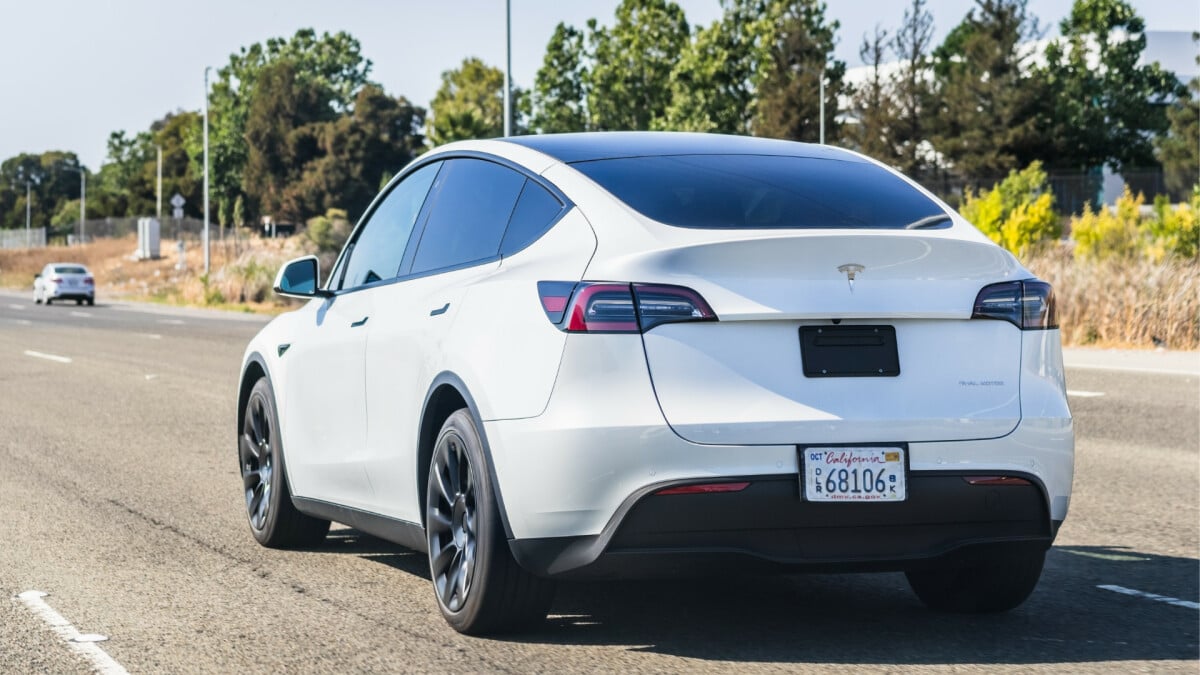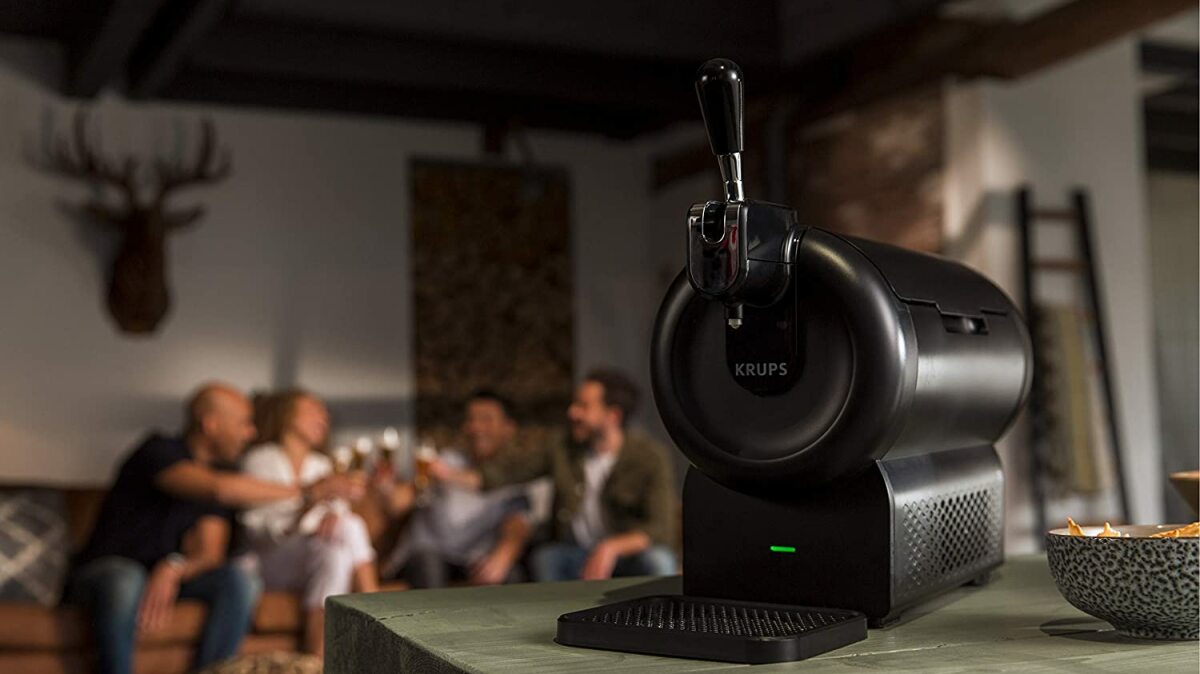The Quest for Cosmic Ripples: ESA Approves the LISA Mission 🚀🌌
Planned for 2035, the project is anticipated to be the most costly and intricate undertaking in the history of the agency.
Groundbreaking mission to detect cosmic ripples in space-time fabric
👩🚀🖖 It’s time to buckle up and prepare for an astronomical journey like no other! The European Space Agency (ESA) has just given the green light to the Laser Interferometer Space Antenna (LISA) mission. 🚀 This groundbreaking initiative aims to detect and study cosmic ripples, otherwise known as gravitational waves, from the vast expanse of space. Brace yourselves as we dive into this cosmic saga that will unravel the mysteries of our universe and take us back to the very origins of time itself. 🌌💫
The Magnificent Triad of LISA Spacecraft
🌍🔭 Scheduled for liftoff in 2035 on an Ariane 6 rocket, the LISA mission is set to be the grandest and most complex project ever undertaken by the ESA. LISA won’t be just a single spacecraft, but a trio of celestial pioneers traveling in perfect formation. These three spacecraft, situated a staggering 2.5 million kilometers apart (over six times the distance between Earth and the Moon), will form an intergalactic triangle adrift in the cosmic ocean. 🚀✨
🌟 Now, imagine these intrepid explorers beaming lasers between one another. What’s the purpose, you ask? By carefully monitoring the movements in this magnificent laser triangle, scientists will be able to detect and study gravitational waves. But what are gravitational waves, you might wonder? Let’s dive into this mind-bending phenomenon. 🌌🔬
Gravitational Waves: Celestial Ripples through Space-Time
🌀🌌 Gravitational waves are cosmic vibrations that ripple through the very fabric of space-time, altering the distances between celestial objects as they pass by. First predicted by the great Albert Einstein over a century ago, these invisible cosmic tremors are born from the most cataclysmic events in our universe: black holes merging, stellar explosions, and perhaps even the explosive birth of our universe itself. 🌠💥
💡 In 2015, gravitational waves were detected for the first time by scientists at the LIGO observatory in the US. But with LISA, positioned in the silent serenity of outer space, a new era of gravitational wave discovery is set to unfold. The sheer distance covered by the laser signals on LISA and the extraordinary precision of its instrumentation will allow us to explore the cosmos in ways we’ve never before imagined. 🛰️🔭
- TNW Podcast: Exploring the European Tech Ecosystem with a Dash of S...
- 📉 The Rise of Tech Layoffs: Why the Surge?
- 💻 Unpacking the Numbers and Nuance of Startups: A Recap of the Lat...
Unveiling the Secrets of the Cosmos: LISA’s Mission Details
🔬🌟 LISA’s primary objective is to probe the entire timeline of our universe, stretching far beyond the formation of stars and galaxies. This extraordinary mission could even grant us a glimpse into the very first seconds after the colossal event that birthed our universe: the Big Bang itself. Astounding, isn’t it? 🌌💥
✨ But LISA’s cosmic endeavors extend even closer to home, within our own Milky Way galaxy. By detecting merging pairs of compact objects such as white dwarfs or neutron stars, LISA will uncover cosmic phenomena hidden within our galactic realm. As LISA project scientist Oliver Jennrich aptly puts it, “Capturing the ripples of space-time with LISA will be a real game-changer, like when sound was added to motion pictures.” 🎥🚀
🛠️💫 Work on building the instruments and the three spacecraft for the LISA mission is set to begin in January 2025, after the ESA selects an esteemed European industrial contractor. Once completed, the LISA trifecta will join the ranks of ESA’s scientific fleet, which includes cosmic observers like Euclid, Gaia, and the highly anticipated James Webb Space Telescope 🌟🔭
Q&A: Your Most Burning Questions Answered
🔥 Curiosity is the compass guiding us on this cosmic adventure. Let’s explore some of your burning questions about the LISA mission!
Q: What exactly are gravitational waves, and why are they so significant? A: Gravitational waves are cosmic ripples that result from massive cosmic events, such as black hole mergers. They provide us with a new way to observe and understand the universe by directly detecting these vibrations in space-time.
Q: How is LISA different from previous gravitational wave detectors like LIGO? A: LISA’s positioning in outer space allows it to detect lower frequency gravitational waves and explore events on a much larger scale. This cosmic vantage point opens a whole new window into the universe’s secrets, deepening our knowledge and expanding our understanding of cosmic phenomena.
Q: What will LISA’s findings mean for our understanding of the universe? A: LISA’s discoveries will revolutionize our understanding of the cosmos, revealing insights into the origins of the universe itself, as well as shedding light on the fundamental laws that govern the cosmos. It’s an exciting endeavor that will reshape our cosmic perspectives.
Unraveling the Cosmos: The Future of LISA and Beyond
🌌✨ As we embark on this cosmic odyssey with LISA, one can’t help but imagine the tremendous impact it will have on our understanding of the universe. With each discovery, humanity inches closer to unraveling the deepest cosmic enigmas.
🚀 So, keep your eyes fixed on the stars, for LISA’s launches in 2035 will mark another grand milestone in our ever-enlightening journey through the cosmos.
References:
- European Space Agency (ESA) – LISA Mission
- Ariane 6 Rocket: Propelling LISA to the Stars
- Gravitational Waves: Ripples in the Cosmos
- Unveiling Cosmic Mysteries with LIGO
- ESA’s Science Fleet: Discover the Secrets of the Universe
If you found this article as captivating as a cosmic dance, share it with your friends and fellow space enthusiasts. Let’s spread the cosmic love! 🌌💙






